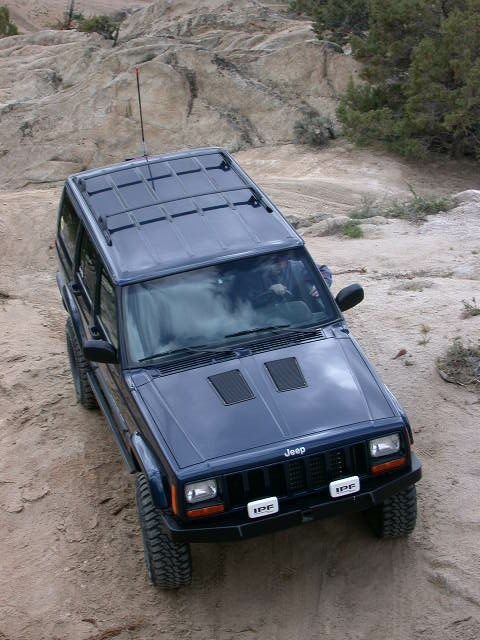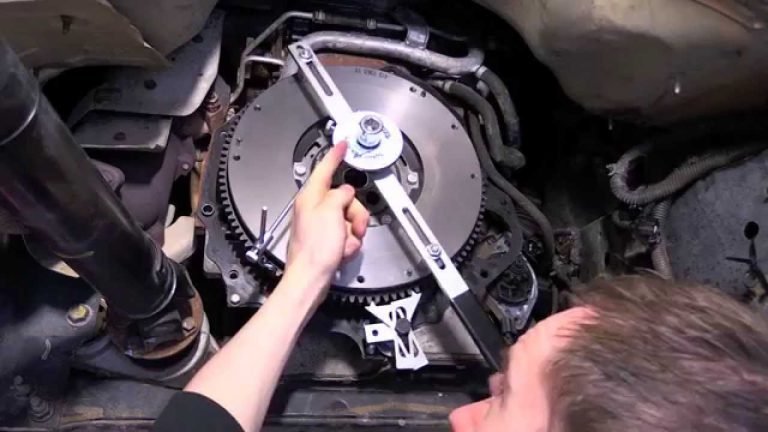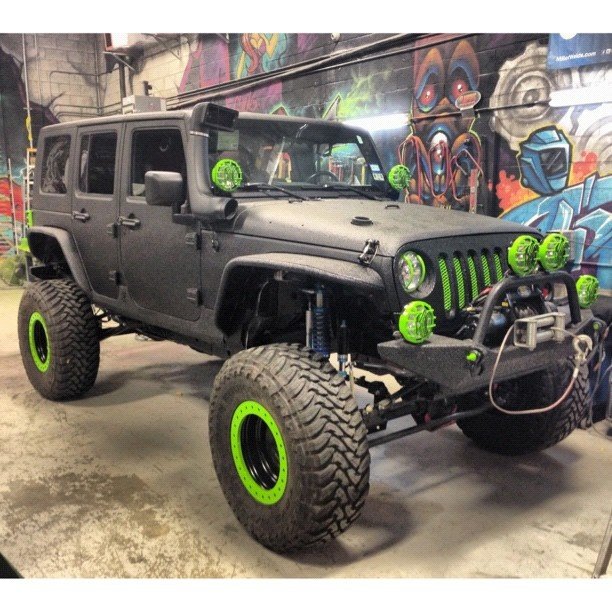Third Brake Light Law California
Looking at California’s State Vehicle Code, it specifies that all vehicles must have a third brake light, also known as a center high mount stop lamp (CHMSL). This has been a requirement since 1986, following a federal law mandating third brake lights on newly manufactured vehicles starting from the 1986 production year. This law is aimed at enhancing road safety, as the third brake light allows drivers to have better visibility on when the car in front of them is slowing or stopping, particularly in situations where the view of the primary brake lights may be obstructed.

Why the Third Brake Light is Important
That extra light on the back of your car isn’t just for show. In fact, it serves a very crucial function – enhancing safety. If you’ve ever wondered why your car needs a third brake light, it’s all about catching attention. The primary aim of the third brake light is to provide a clear indication to trailing motorists when you’re slowing down or stopping. It’s set high on the car’s rear end, making it at eye-level for most drivers, thereby grabbing their attention faster than the lower, traditional brake lights.
Especially in California, where one of America’s highest concentration of cars exist, the importance of this proactive safety measure cannot be underestimated. The third brake light plays a crucial role in preventing rear-end collisions, which are some of the most common types of car accidents.
Adherence to the Third Brake Light Law in California
Like any traffic regulation, adherence to the third brake light law is imperative. A broken or faulty third brake light will almost certainly attract a ticket. If your third brake light isn’t working properly, it’s not just unsafe — it’s also illegal. Here’s what you can do to ensure compliance to the third brake light law in California:
– Regularly check your third brake light to ensure it’s in working condition.
– Replace faulty bulbs as soon as possible.
– Use the correct bulb size and type as per the car manufacturer’s specifications.
– Keep the lens clean and free from obstructions.
Notably, even if you passed your annual vehicle inspection with a non-functioning third brake light, you can still receive a citation for it under California vehicle code.
Frequently Asked Questions
Q. What if my car was manufactured before 1986?
The law does not require cars manufactured before 1986 to install a third brake light. However, for your safety and the safety of others on the road, having one installed is still a good idea.
Q. Can I get a fix-it ticket for a faulty third brake light?
Yes, a faulty third brake light is a correctable violation in California. Once fixed, you’ll usually just need to pay a dismissal fee.
Q. Can I customize my third brake light?
You can, but remember that the main purpose of this light is to enhance safety. Any customization, such as coloured lights, should not impede this functionality and should comply with the state’s laws.
Final Thoughts
The third brake light is a simple yet highly effective feature designed to enhance road safety. Its presence makes it easier for other motorists to know when you’re stopping or slowing down, thereby reducing the chances of a rear-end collision. Observing the third brake light law in California is not just about avoiding a ticket; it’s about keeping you, your passengers, and other road users safe.
So, whether you’re driving on California’s coastal highways, navigating city traffic, or cruising through the Golden State’s majestic forests, remember – the third brake light is your friend. It’s there to protect you. Keep it functional and let it serve its purpose: to help ensure everyone’s journey is a safe one.






